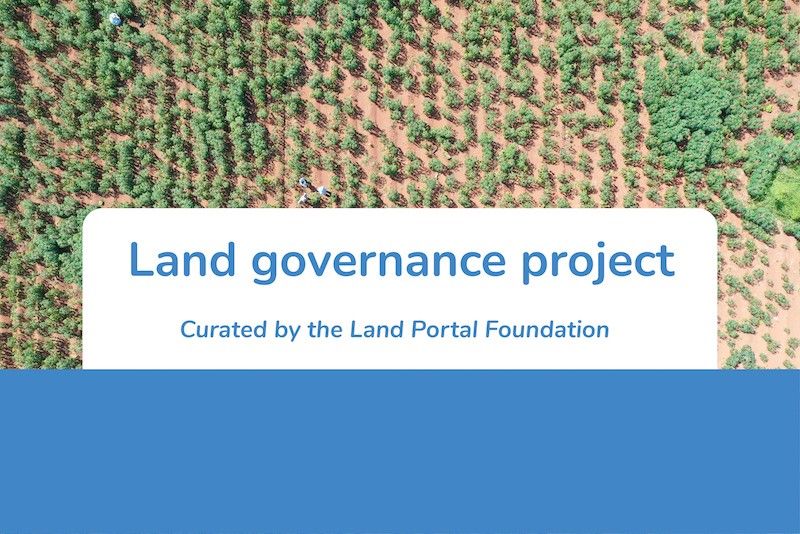Community / Land projects / Durban Storm Water – Water sources and systems
Durban Storm Water – Water sources and systems

€0
03/20 - 02/21
Achevé
This project is part of
Implementing Organisations
Donors
Data Providers
General
eThekwinie (greater municipality of Durban) suffers from flash floods due to increasing heavy and unpredictable rainfall (stormwater). In other periods the region suffer from shortage of fresh water, either for agriculture, industrial use or human consumption. eThekwinie did some initial explorations on how to match the periodic abundant rainfall with the demand for water in drier periods of the year.Possible technical solutions are aquifer recharge or controlled drainage to (existing) water treatment plants. Unfortunately eThekwinie Water Services (EWS, the water supply company of the metropolitan area) has not sufficient financial means to invest upfront in the technical and infrastructural solutions that need to be installed in order to capture water for profitable use. Therefor it seems needed to get to a ‘public-private’partnership’ (PPP). eThekwinie region has positive experience with PPP’s in the field of energy production. For the possible stormwater PPP it is expected that a South African major company, investor or ‘special purpose vehicle’ will be engaged in the long term commitment to the project. The Netherlands has experience with PPP’s in the water sector. Under the MoU both the Netherlands and eThekwinie wish to explore and further develop a PPP that will collect the stormwater and make it of available for different groups of users. A prefeasibility study should indicate whether it is worthwhile to continue with a detailed feasibility study. This project will explore the economic, financial, judicial and organizational elements of the proposed PPP solution.This project will:-Define most suitable area for stormwater ‘harvesting’ (level of rainfall, type of soil/surface, land ownership etc.) -Define water availability, water balance (quantity, based on historical figures, , run off)-Assessment of water quality in the defined area and options to improve quality in relation to proposed purpose of water.-Define different options for water storage with rough price estimates-List the available reports on water available at EWS and relevant other local institutes (university)-explore different options for (subsoil) water treatment steps according proposed use of water target group and (roughly) estimate costs of the different options.-Advice on the further steps to be carried out to make the project a success.


